Which alkyne will give 3-ethylhexane on catalytic hydrogenation?
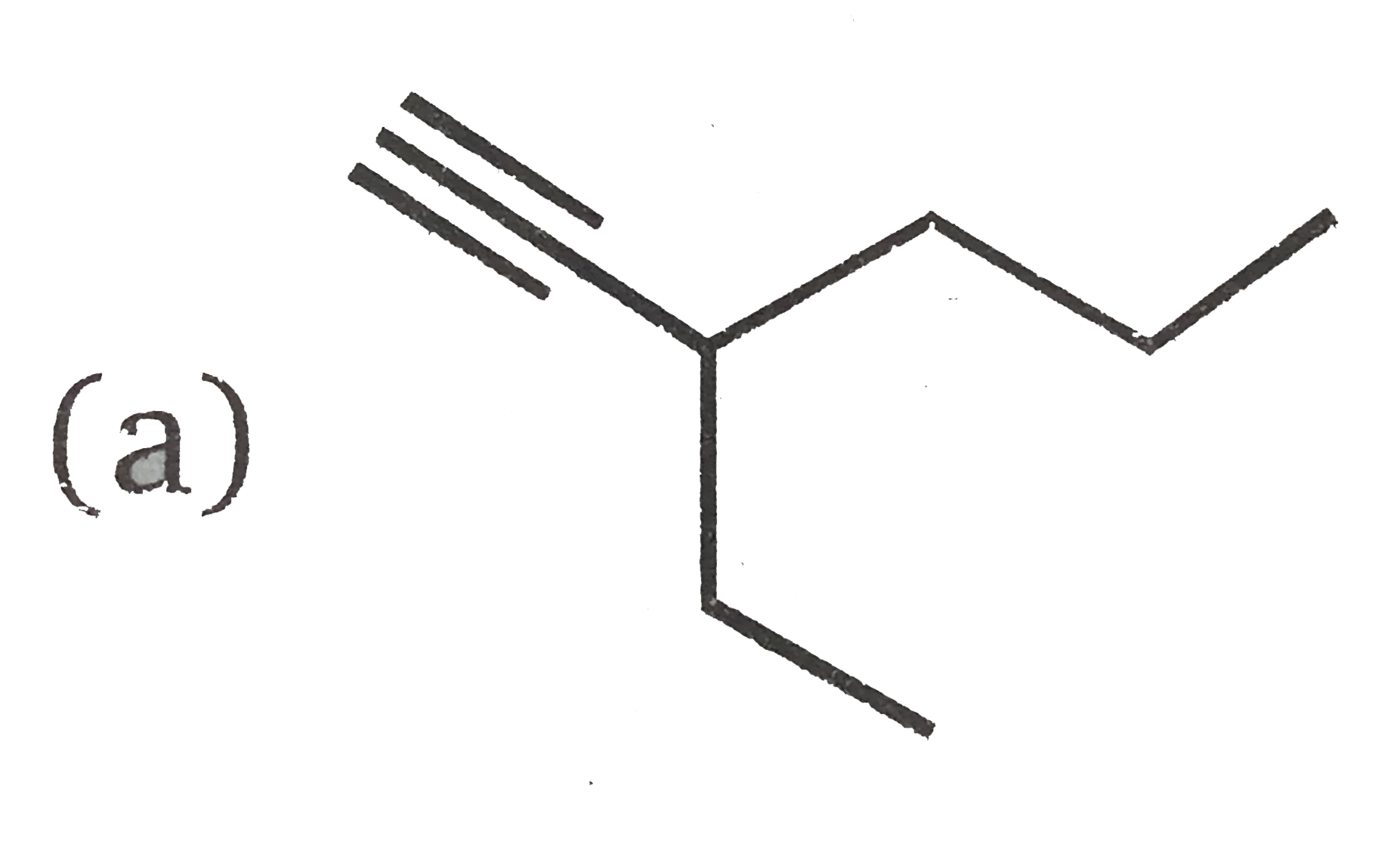

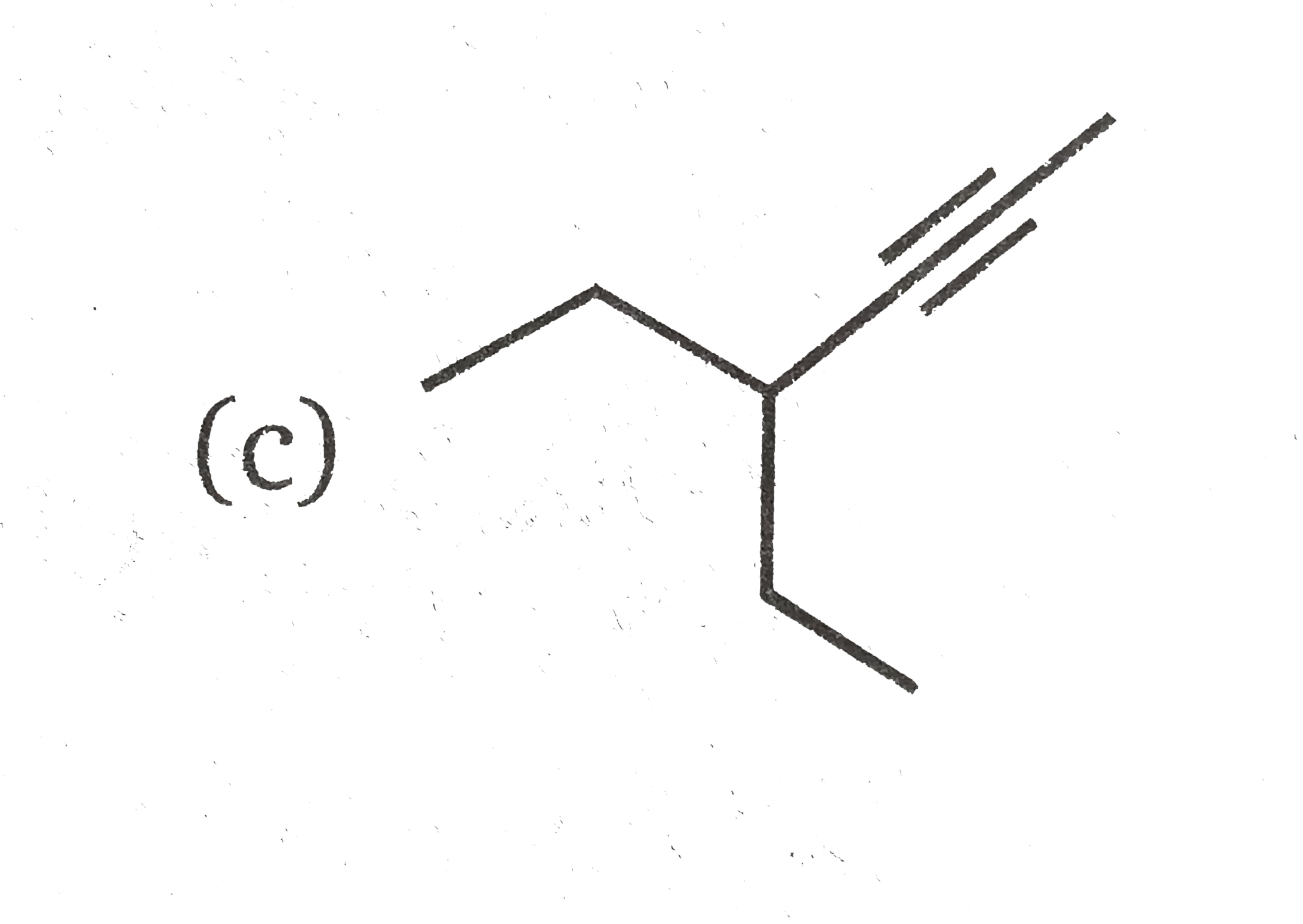
All of these
The correct Answer is:D
To determine which alkyne will yield 3-ethylhexane upon catalytic hydrogenation, we can follow these steps:
Step 1: Understand the structure of 3-ethylhexane
3-ethylhexane is a six-carbon chain (hexane) with an ethyl group (C2H5) attached to the third carbon. The structure can be represented as follows:
- Main chain: CH3-CH2-CH(CH2CH3)-CH2-CH2-CH3
Step 2: Identify the alkyne that can produce this structure
To produce 3-ethylhexane through catalytic hydrogenation, we need to consider the structure of the alkyne that can be reduced to this alkane.
Step 3: Consider possible alkynes
1. Alkyne A: 3-ethyl-1-butyne (CH3-C≡C-CH2-CH2-CH3)
- When hydrogenated, it will yield 3-ethylhexane.
2. Alkyne B: 2-butyne (CH3-C≡C-CH3)
- This alkyne will not yield 3-ethylhexane upon hydrogenation.
3. Alkyne C: 1-heptyne (CH3-C≡C-CH2-CH2-CH2-CH3)
- This alkyne will yield 3-ethylhexane upon hydrogenation.
Step 4: Verify the hydrogenation process
When we perform catalytic hydrogenation on the identified alkynes:
- For Alkyne A:
- The triple bond is reduced to a double bond, and then to a single bond, resulting in 3-ethylhexane.
- For Alkyne C:
- The triple bond is also reduced similarly, leading to the same product.
Conclusion
Both Alkyne A (3-ethyl-1-butyne) and Alkyne C (1-heptyne) will yield 3-ethylhexane upon catalytic hydrogenation. Therefore, the answer is that both A and C are correct.
Final Answer
Alkynes A and C will give 3-ethylhexane on catalytic hydrogenation.
---
3-ethylhexane is a six-carbon chain (hexane) with an ethyl group (C2H5) attached to the third carbon. The structure can be represented as follows:
- Main chain: CH3-CH2-CH(CH2CH3)-CH2-CH2-CH3
To produce 3-ethylhexane through catalytic hydrogenation, we need to consider the structure of the alkyne that can be reduced to this alkane.
1. Alkyne A: 3-ethyl-1-butyne (CH3-C≡C-CH2-CH2-CH3)
- When hydrogenated, it will yield 3-ethylhexane.
2. Alkyne B: 2-butyne (CH3-C≡C-CH3)
- This alkyne will not yield 3-ethylhexane upon hydrogenation.
3. Alkyne C: 1-heptyne (CH3-C≡C-CH2-CH2-CH2-CH3)
- This alkyne will yield 3-ethylhexane upon hydrogenation.
When we perform catalytic hydrogenation on the identified alkynes:
- For Alkyne A:
- The triple bond is reduced to a double bond, and then to a single bond, resulting in 3-ethylhexane.
- For Alkyne C:
- The triple bond is also reduced similarly, leading to the same product.
Both Alkyne A (3-ethyl-1-butyne) and Alkyne C (1-heptyne) will yield 3-ethylhexane upon catalytic hydrogenation. Therefore, the answer is that both A and C are correct.
Alkynes A and C will give 3-ethylhexane on catalytic hydrogenation.
Topper's Solved these Questions
- BOOK - MS CHOUHANCHAPTER - HYDROCARBONS (ALKYNES)EXERCISE - Level 1 (Q.1 To Q.30)2videos
HYDROCARBONS (ALKYNES)
- BOOK - MS CHOUHANCHAPTER - HYDROCARBONS (ALKENES)EXERCISE - LEVEL - 21videos
HYDROCARBONS (ALKENES)
- BOOK - MS CHOUHANCHAPTER - IONIC REACTIONS (NUCLEOPHILIC SUBSTITUTION AND ELIMINATON REATIONS OF ALKYL HALIDES)EXERCISE - ADDITIONAL OBJECTIVE QUESTIONS (Matrix Match Type )2videos
IONIC REACTIONS (NUCLEOPHILIC SUBSTITUTION AND ELIMINATON REATIONS OF ALKYL HALIDES)
Similar Questions
Knowledge Check
- Question 1 - Select One
Which alkyne will give 3-Ethyl heptane on catalytic hydrogenation.
A B
B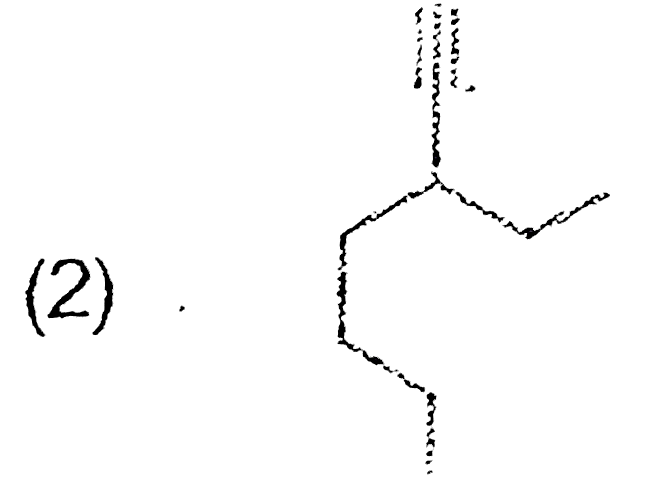 C
C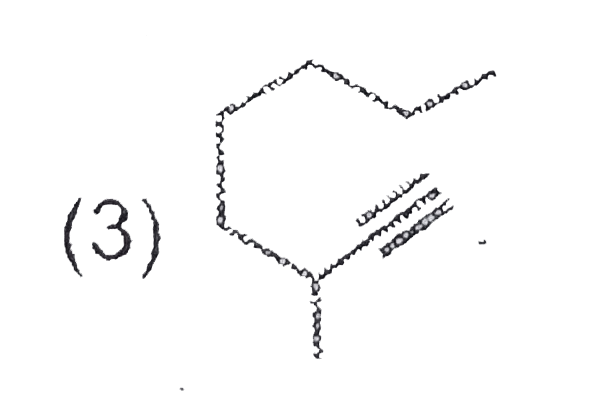 D
D
- Question 2 - Select One
Whci alkyne will give 3-Ethyl heptane on catalytic hydrogenation
A B
B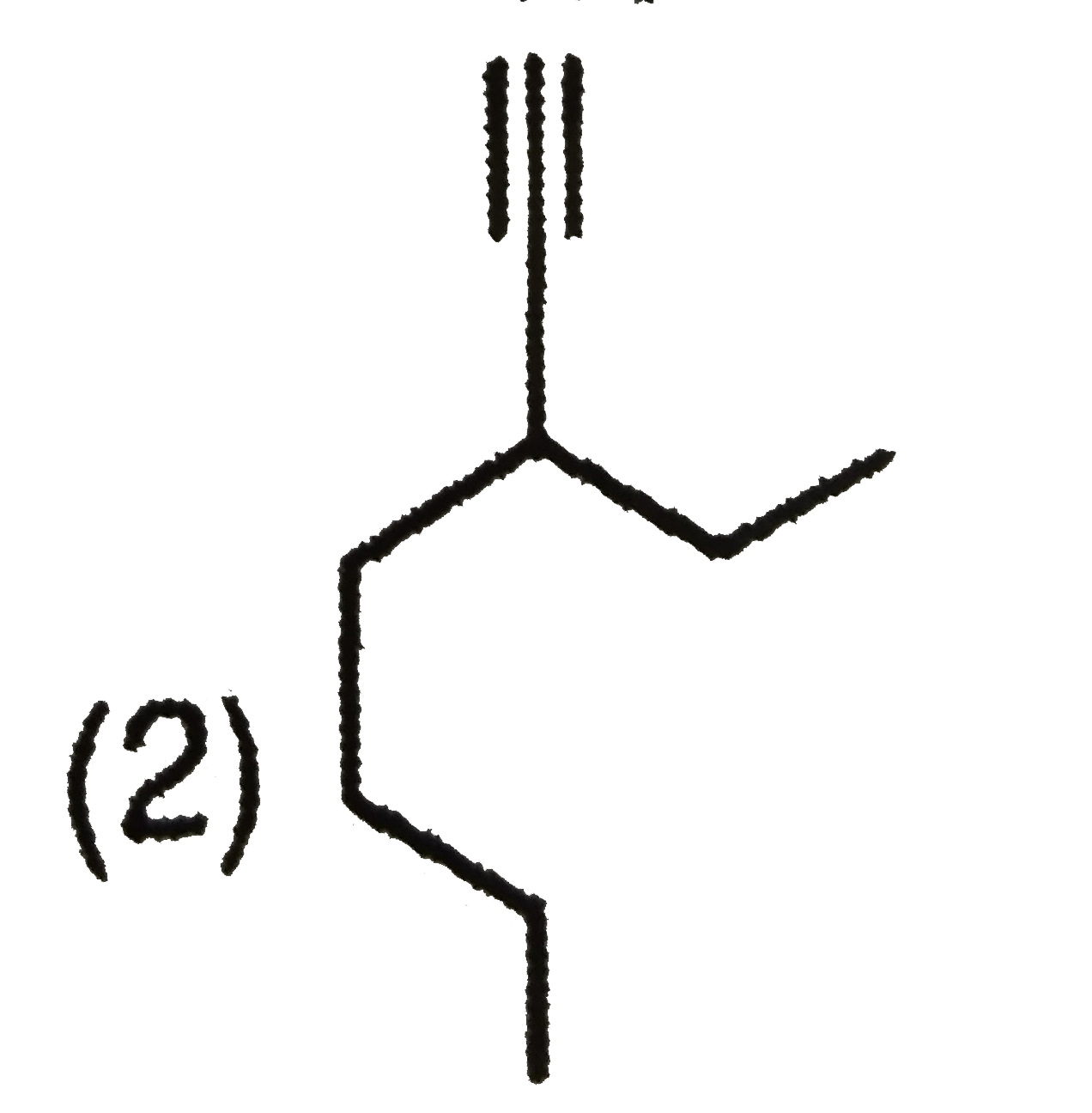 C
C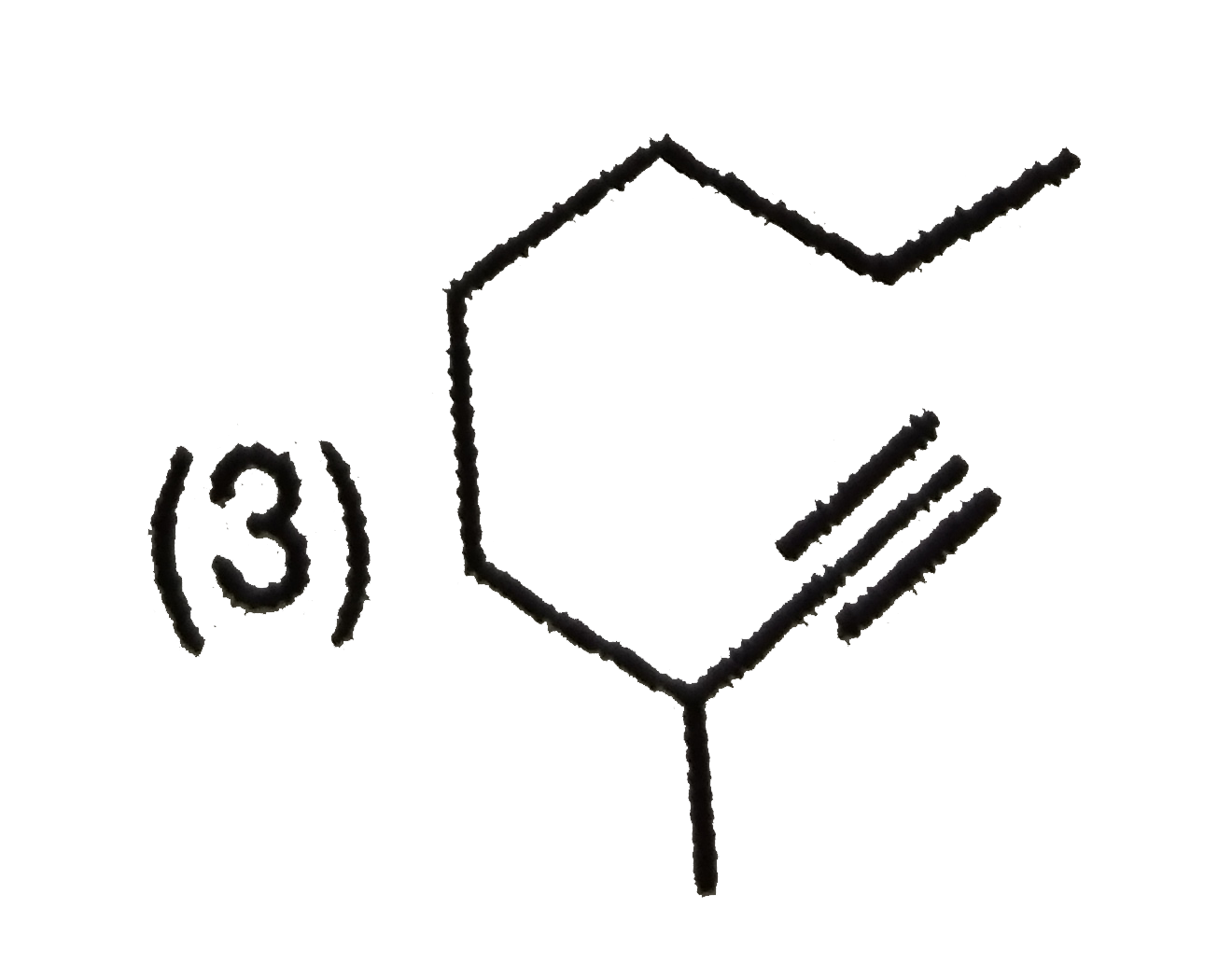 D
D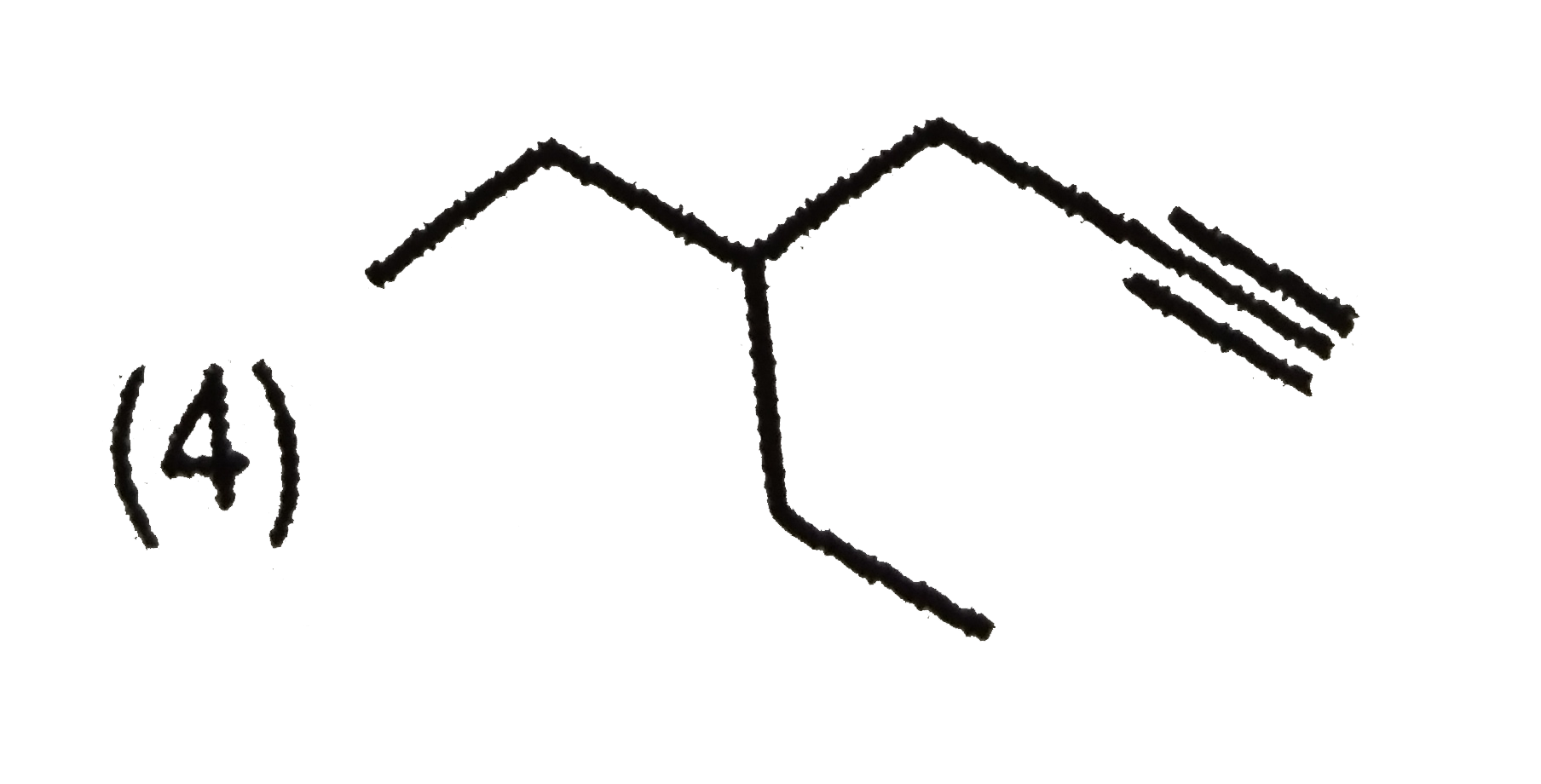
- Question 3 - Select One
How many structural isomeric alkenes give 2,3− Diemthylpentane on catalytic hydrogenation
A2B3C4D5
Ethyl formate on catalytic hydrogenation gives
View SolutionAcetonoxime on catalytic hydrogenation gives
View SolutionAcetone oxime on catalytic hydrogenation gives
View SolutionAcetone oxime on catalytic hydrogenation gives
View SolutionWhich of the following alkene on catalytic hydrogenation gives cis and trans-isomers?
View Solution

